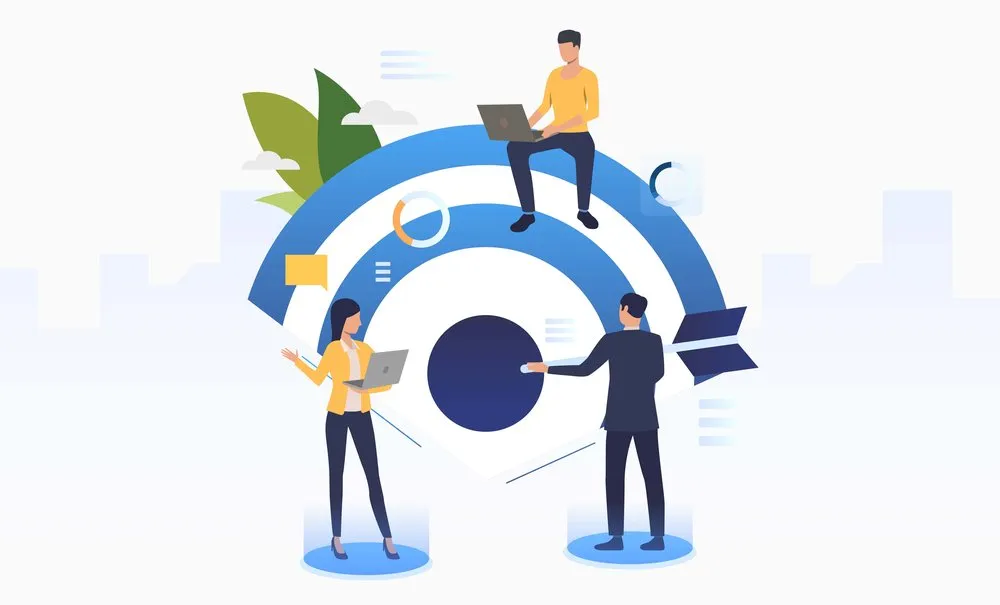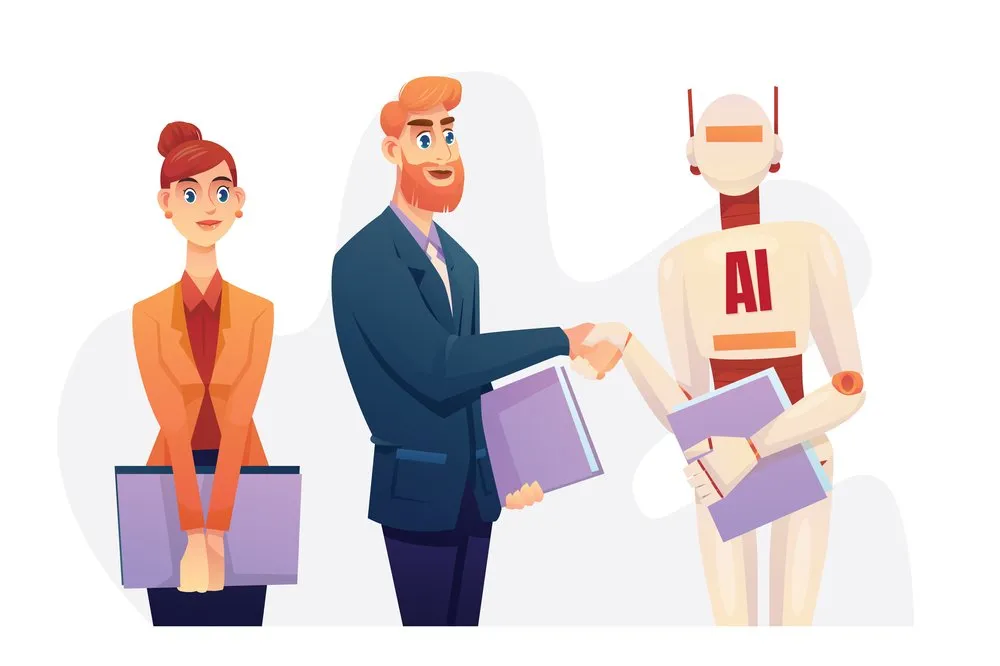
Focus on the long term when deciding on technology. Many times, a technology that you feel is ideal for creating an MVP may not be able to scale up for the final product. When making a technology selection, someone who has a thorough vision for the product must be clear on the management and technical aspects. Some of the technical decisions to be made are enlisted below.
Architecture: Microservices or Modular Monolith
Most businesses will be far better off implementing a modular monolith until the scale is large enough for microservices to make sense. For most small to medium-sized tasks, the modular monolith is an excellent architecture. Modular Monolith retains a level of modularity akin to that of microservices. Because communication takes place mostly within the monolith, it is significantly easier than with microservices.
Although neither is ideal for everyone, one of them may be ideal for you and your development team. We'll still have a monolith, but it'll be modular, which means the costs will be significantly lower than with microservices, resulting in resource savings. In most circumstances, introducing a new module will not be prohibitively expensive. Debugging is also a lot easier, thanks to the improved communication between modules. The deployment procedure is much more straightforward.
Database: NoSQL or RDBMS?
NoSQL databases feature flexible data structures, can scale horizontally, have lightning-fast queries, and are simple to work with for developers. NoSQL databases have numerous characteristics that SQL databases cannot handle. Examples include– without incurring significant expenses and making crucial tradeoffs in terms of performance, agility, and other factors. Most NoSQL database developers or companies are drawn to the rapid capabilities that allow them to get to the market early and deliver upgrades faster.
Modern applications with more complicated, continuously changing data sets require a flexible data model. It doesn't need to be specified right away, making NoSQL a preferable solution. NoSQL databases, unlike relational databases, can store and handle data in real-time. As a result, NoSQL databases have numerous advantages over relational databases.
Extent of Functionality?
The MVP strategy is consistent with the lean startup philosophy of producing the correct product with a small budget in a short amount of time. The cost of MVP development can be reduced by having only a few of the high-priority, but essential features. The MVP then enables risk-free testing of the software.
Entrepreneurs frequently assume that all features are essential and will be required by end customers. In actuality, elimination is the source of creativity. Remove all extraneous features and swiftly launch the product with only the most basic functionality, which is the product's main concept. An MVP app concentrates on a single concept and does not include any other features. Concentrate on the most important features. The first and most important thing to remember is to concentrate on the essential functions rather than adding too many features.
Buy or Build?
We frequently try to buy our way out of trouble. There's nothing wrong with it. The Buy-Validate-Build Methodology enables rapid validation and failure. Entrepreneurs frequently attempt to create everything from the ground up, but is this beneficial for your MVP? It must be measured in terms of cost, time, and effort. In most circumstances, it has been discovered that purchasing is a more practical option.
However, if you have a unique business model that necessitates the development of a new algorithm as uniqueness, then go ahead and construct one. If your algorithm isn't the real beacon, go out and buy one before optimizing it. The Buy, Validate, and Build Methodology is the most preferred strategy. This assists in completing the MVP on schedule, establishing a revenue stream, determining product-market fit, and ultimately focusing on profitability.
Prioritize and stick to it
Prioritization aids in maintaining attention to the overall fundamental aim. You must set measurable MVP objectives. Prioritize where to begin, what to construct, when to launch, and when to alter course. All of the features that the MVP will support should be prioritized. Analyze the needs, such as what the users desire, to prioritize the MVP features. And does this product provide them with any benefit?
Sort and prioritize the remaining MVP features on the scale of high priority, medium priority, and low priority. It's time to start working on an MVP. If a company wants to see how its future product will appear, it may build an MVP prototype. It's hardly a stretch to claim that MVP teaches priorities.
Conclusion: The purpose of developing an MVP is to quickly launch a product based on a pre-existing concept on a limited budget. This strategy allows a corporation to obtain user feedback on the core product and incorporate it into future upgrades. As a business owner, it is critical to concentrate on key responsibilities such as running a business, raising funds, and establishing a team. With so many complex technological decisions to make when designing an MVP, it's best to leave it to the experts @ Incentius.











